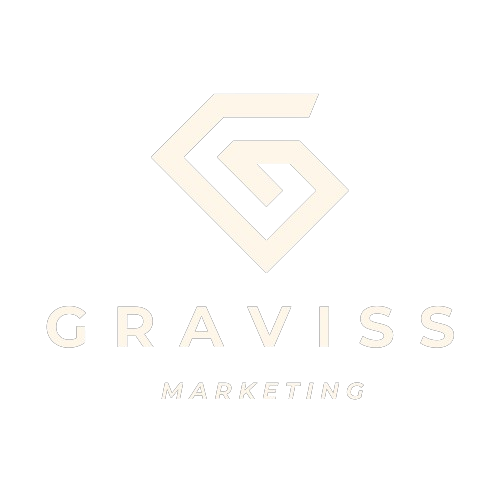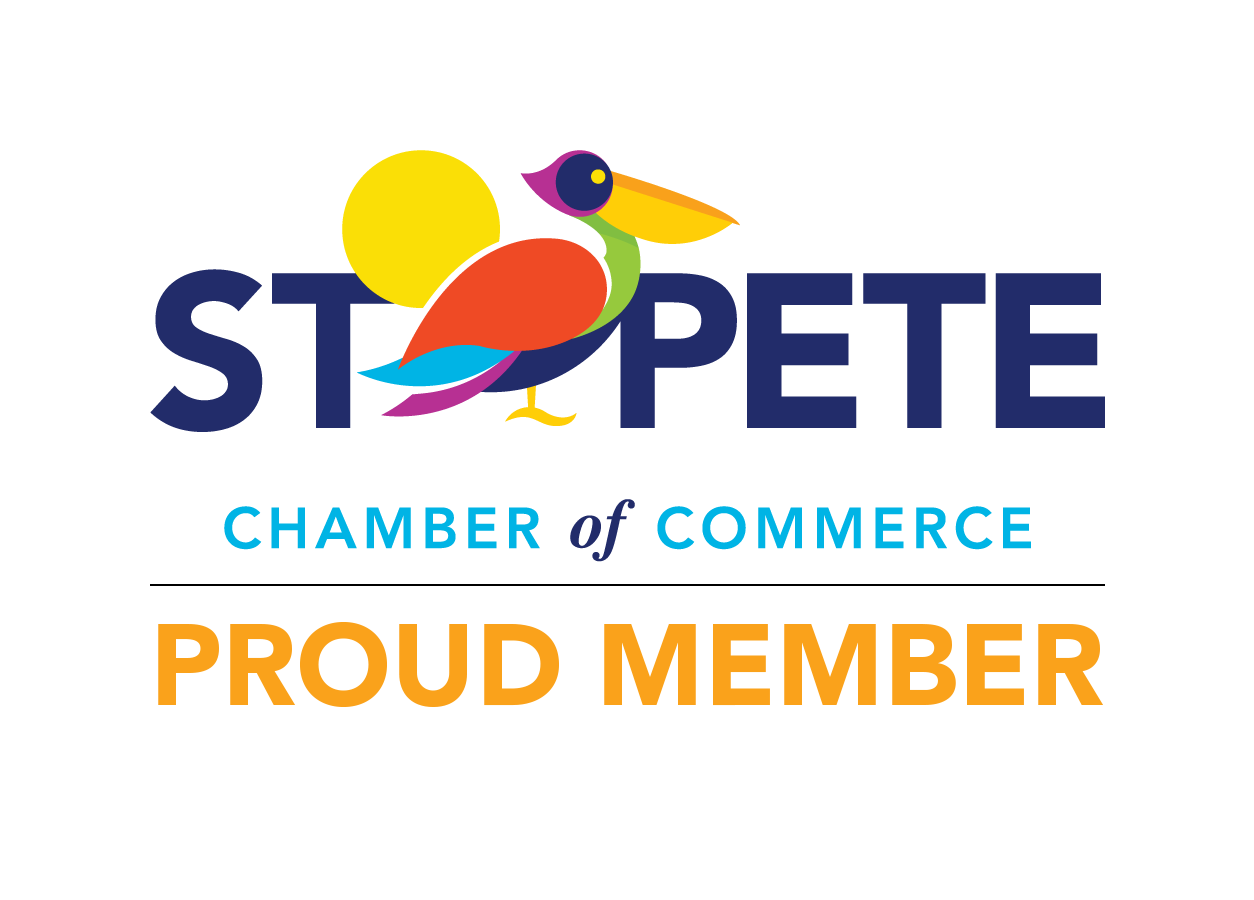Beyond the Buzzword: How OOH Operators Are Really Using AI (and Where to Start)
Graviss Marketing
The IBO Fall Conference in Atlanta brought together Out-of-Home
professionals from across the country for several days of learning, sharing,
and collaboration. The energy in every hallway and breakout session reflected
what’s happening across the industry. Operators are hungry for ideas that
drive smarter growth. Once again, artificial intelligence was a leading topic of
conversation.
One of the most anticipated sessions, AI in OOH: Real Uses, Real Results, Real
Talk, featured a diverse group of voices: moderator Jonathan Graviss of
Graviss Marketing, JG (Trailhead Media and Graviss Marketing) offering a sales
and enablement perspective, Ryan Peters of Grey Outdoor with a real estate
focus, Richard Molinaro of Up To Something representing the creative side,
and Neil Bell of New South Outdoor bringing the small-operator lens.
The goal wasn’t to predict the future, it was to cut through the hype and
explore how OOH operators can start using AI right now. Here’s what we
learned, and how you can apply it to your own business.
AI in Sales: From Outreach to Optimization
If there’s one department already benefiting from AI, it’s sales. According to
McKinsey, sales teams using AI see productivity gains of 15–20% when applied
to lead generation, customer outreach, and proposal development. For OOH
operators, that means more time spent building relationships and less time
buried in admin work.
As JG shared on stage, AI can now assist throughout nearly every stage of the
sales process, from drafting outreach emails and summarizing meeting notes
to identifying new advertisers who match an operator’s ideal client profile.
But there’s a catch: the prompt is everything.
“The quality of your output depends entirely on the quality of your input,” JG
reminded the audience. A vague prompt will yield generic results; a precise
prompt that specifies tone, audience, and goal can produce near-ready
content.
So how can operators get started?
1. Start with low-risk automation. Use AI to write email templates,
summarize prospect notes, or outline proposals. These tasks are time-
consuming but low-stakes — perfect for early experimentation.
2. Develop your prompt-writing skills. Treat prompts like directions — the
more detail you provide, the better the output.
3. Track results. Measure how AI-generated outreach performs. Are your
follow-ups faster? Are meetings increasing? Let data guide your next
steps.
In short, AI won’t replace strong sellers, but it can help them move faster and
stay more consistent.
AI in Real Estate & Operations: Research Smarter, Verify Everything
On the real estate side, AI is quietly changing how real estate and
development work gets done. Ryan Peters of Grey Outdoor shared that he’s
seen the greatest benefit in the research phase — using AI to synthesize
information and draft professional correspondence with landowners and
government officials.
AI can streamline background research, summarize complex zoning
language, and prepare first-draft letters or permit explanations that would
otherwise take hours. Deloitte’s 2024 AI in Infrastructure Report found that
61% of firms are already using AI for data synthesis and initial analysis, though
nearly all stressed the importance of human review before final decisions.
Peters echoed that caution, especially when it comes to legal or zoning
information. “AI can point you in the right direction, but it can’t replace due
diligence,” he said. “Every reference or citation still needs to be verified.”
For operators ready to test AI in real estate, start small:
1. Use AI to draft letters or permit correspondence. Then, review and
personalize before sending.
2. Ask AI to summarize zoning codes or ordinances you already understand,
to check for consistency.
3. Keep human oversight on all factual and legal content.
In short: AI is a powerful research assistant — but the final judgment still
belongs to the operator.
AI in Creative: Ideation Over Execution
The creative side of OOH is where the tension between “human” and
“machine” becomes most visible. Richard Molinaro of Up To Something
described AI as a “brainstorming partner” — a tool that helps spark ideas
when creative teams are stuck, but one that still relies on human storytelling
to bring concepts to life.
According to WARC’s 2024 Creative Trends Report, 75% of marketers now use
AI tools for early-stage creative ideation, yet only 18% trust them for final
execution. That mirrors what many in the OOH world are discovering: AI can
inspire, but it can’t yet create.
For billboard operators, that might mean using AI to:
- Generate multiple headline options for a client pitch.
- Create a mood board that visualizes campaign concepts.
- Brainstorm taglines or calls-to-action that fit a target audience.
But as Molinaro reminded the audience, the art direction and brand nuance
still require a human touch. “AI can help you get unstuck when you’re
brainstorming copy,” he said, “but it can’t yet produce designs at a
professional level.”
Neil Bell of New South Outdoor brought the point home with humor, sharing
that he once asked AI to create “a dog with a gold tooth.” The silly result drew
laughter and an important reminder: curiosity and experimentation drive
progress. “You figure it out by playing with it,” Bell said. “Don’t be afraid to try.”
The lesson? Use AI to spark imagination, not replace it.
The Learning Curve: Experiment, Don’t Overthink
Across every discipline - sales, real estate, and creative - one theme was
constant: you learn by doing.
Many operators hesitate to explore AI because they fear it’s too complex, but
the barrier to entry has never been lower. Most tools (like ChatGPT, Jasper, or Canva’s AI suite) are affordable and intuitive. The challenge isn’t technical —
it’s cultural.
Operators who make AI part of their workflow today will build muscle
memory that pays dividends tomorrow. Start by testing one task each
quarter: maybe it’s using AI to rewrite an email, summarize a proposal, or
brainstorm ad copy. Document what worked, what didn’t, and what saved
time.
As Jonathan Graviss closed the session, he captured the balance between
optimism and realism: “AI won’t replace the people who know this
business—but the people who use AI wisely might just move faster.”
That’s the mindset leading operators are adopting. They are not racing ahead
recklessly, but experimenting with purpose.
Looking Ahead: Practical Next Steps for OOH Operators
If you’re ready to integrate AI into your operations, here’s where to start:
1. Pick one process. Don’t overhaul your workflow — choose one area where
AI can save time (sales outreach, creative drafts, or research).
2. Establish guardrails. Make sure any AI-assisted content is reviewed by
humans before it’s shared publicly.
3. Encourage internal learning. Share what you discover across your team;
create a shared prompt library or “what worked” folder.
Remember: adopting AI isn’t about replacing people, it’s about freeing them
to focus on what matters most: strategy, relationships, and creativity.
Closing Thoughts
AI is no longer a buzzword in Out-of-Home. It’s becoming a practical tool for
operators who are willing to test, verify, and learn. Whether it’s writing
smarter emails, analyzing opportunities, or jump-starting creative ideas, the
key is to approach AI with both curiosity and caution.
At Graviss Marketing, we believe the next competitive edge in OOH won’t just
come from who has the best locations — it will come from who uses data and
technology most effectively.
If you’re ready to explore how AI can streamline your sales, marketing, or
creative workflows, let’s talk. Visit gravissmarketing.com or contact us at
info@gravissmarketing.com.

